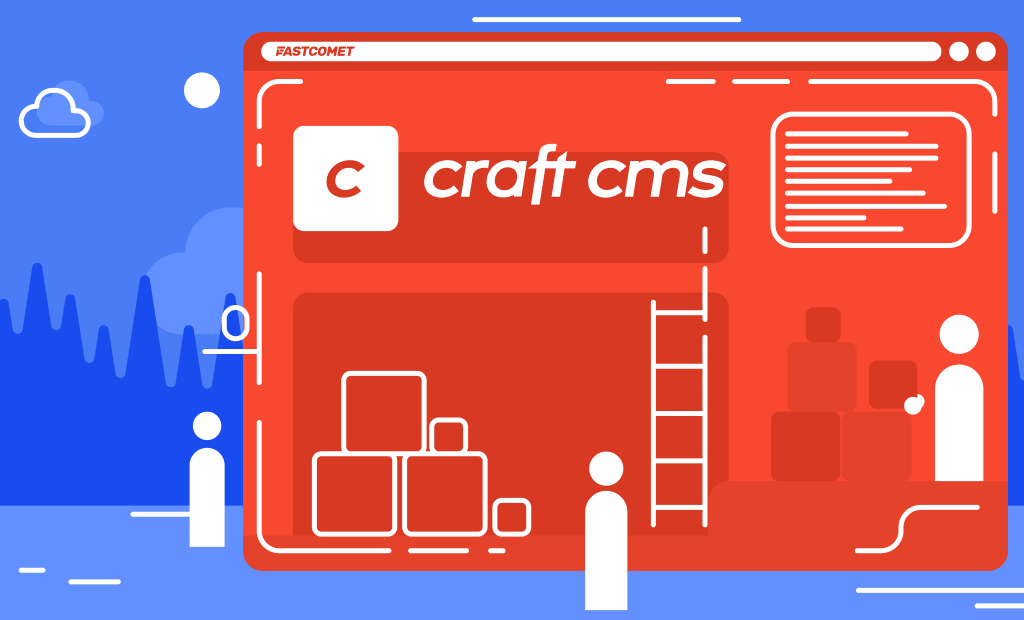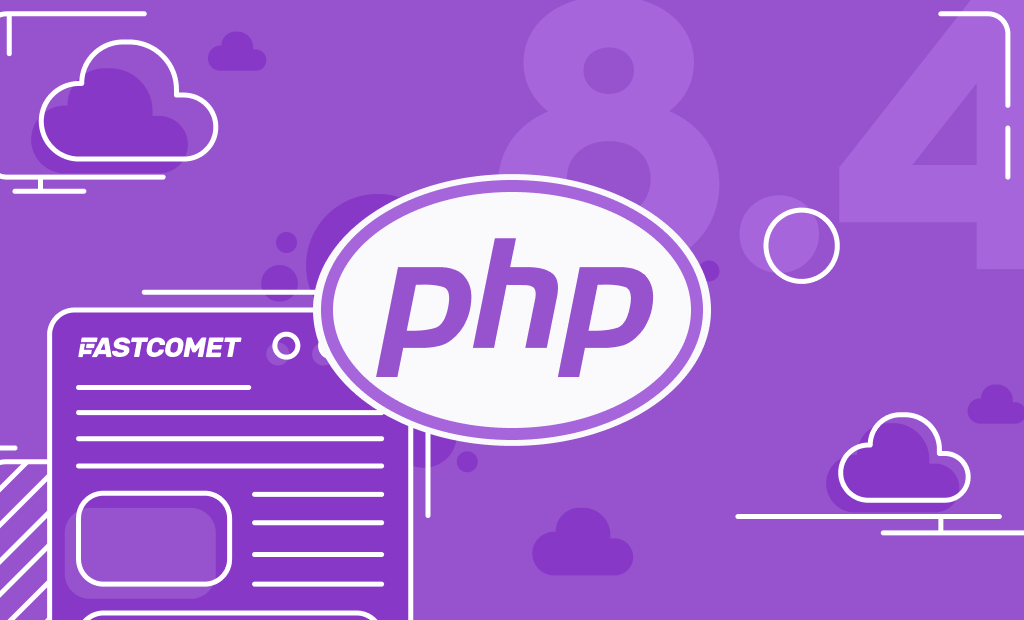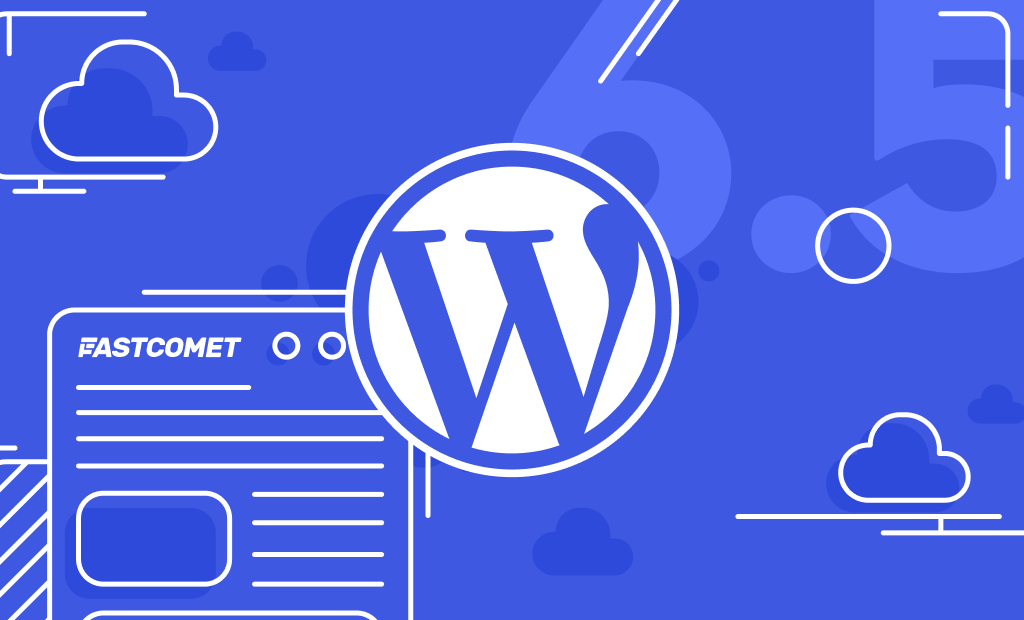
Why Keeping Your Joomla! Website Up-to-date Matters
Keeping your apps and software up-to-date is one of the easiest ways to avoid a myriad of security breaches. That should also include keeping the core files of your Joomla! platform updated to the latest maintenance version. Updating your Joomla! site lets you reap the benefits from all the new features that the CMS offers. Those are entailed in both minor and major releases of the platform, usually alongside some required bug fixes.
The new features are to help you with the look and feel of your website in general. Bug fixes don’t sound too important for some people, but they are actually one of the main reasons to proceed with an update. The Joomla! team works to get any bugs in the code squashed as soon as possible.
Table of Contents
Joomla! CMS Versions
About 54% of all websites in the world use a well-known CMS. As of the time of writing this blog post, Joomla! is used by 4.2% of all the websites whose content management system we know. This is 2.4% of all websites and makes Joomla! the 2nd most popular CMS in the world, with WordPress being the clear leader.
There have been three versions of Joomla! till now, with the 4th expected to be released by the end of 2020. The new major release of the CMS, currently in Beta, will introduce new features, raise the minimum supported PHP version to PHP 7.2.5, as well as remove previously deprecated functionality.
According to W3Techs version, 3 is used by 72.6% of all the websites who use Joomla!. The Joomla! 3.x series provides a wonderful look, easy user-interface, a lot of functionalities, a large range of specifically developed and specialized components, modules, plugins, and templates. It doesn’t matter whether you are a hard-core developer or a beginner in the web development field – Joomla! will definitely provide what you need to show your ideas to a wide range of people around the world.
Even if it’s not a bad percentage, the remaining 27% of Joomla! users are still using the out-of-date and no longer supported versions 1 and 2. That certainly shows that there are many users neglecting their updates, exposing their websites to higher threat chances. What’s even scarier is that version 2.5 reached EOL (End of Life) December 31st, 2014, and version 1.7 reached EOL state in February 2012. That makes more than 6 years for websites out the security support provisions for them. For more information about versions of the CMS, visit Joomla! official docs.
An important thing to remember is that Joomla! 3.9 will be supported for two years after its release. This means you can run your Joomla! 3 site comfortably until 2020, but you’ll miss out on all the great features and benefits of Joomla! 4.

Reasons to Have the Latest Version of Joomla!
Joomla! updates are essential to make sure your website is safe, up to date with Joomla!’s new features, security fixes, improvements, and bug fixes. Updating the Joomla! version is not a daunting task when performed regularly, but there are important factors you should note when doing the update.
One of the greatest advantages of Joomla! is that after their 2.5.x release, the upgrade process of the script is automated. This means that you can upgrade to the latest stable version in order to get the latest features of the product automatically and keep your website up to date. However, Joomla! may not manage to check updates for third-party themes or plugins. In case you have such, you need to follow their update cycles manually.
Thanks to the stats plugin after the release of Joomla! 3.5, the CMS is collecting stats data (works if the plugin is enabled). The plugin found out that a considerable number of websites are not using the currently supported Joomla! release, which is 3.9.2. The data is in regards to the versions of Joomla!, PHP, and database versions. Such alarming statistics should not be ignored, and everyone should upgrade their Joomla! as soon as possible.
Improved Joomla! Security Against Vulnerabilities
When a CMS changes its structure, the old version is no longer supported. This creates potential problems with security as security patches are discontinued, and older versions of Joomla! are not maintained.
The most crucial thing and most important reason to update your Joomla! website are the vulnerability security fixes. That is something every single website owner should know and never neglect. If your site is outdated, it will be insecure and constantly vulnerable to malicious attacks. And everyone knows, if a site gets hacked, it could get completely destroyed, or even further – the data could get breached.
PHP Compatibility
A bigger problem begins to emerge when we look at PHP usage and the reliance that people place on using end-of-life, dead and buried, versions. The vast majority of Joomla! website owners (more than 80%) are using end-of-life, unsupported versions of PHP (see table below)

Just as outdated extensions, an outdated or incompatible release of PHP may not work properly and stop your website from functioning the way it’s expected to. What’s more, an outdated PHP release will affect the security of your website, leaving it more vulnerable. Each new release of PHP improves on the encryption of data, and if it’s not, hackers could potentially access that data, which often means “game over.” Another important aspect of keeping PHP up-to-date is the support you can get because older versions get discontinued support with time. To make things even better, the most updated PHP versions also make your website faster.
Improved Speed and Performance
Joomla!’s reputation with regard to performance is very strong among the developer community, and for a good reason. For example, you can enable caching and Gzip compression right from the dashboard. Plus, there are extensions available to make the site even faster.
Having the latest version of Joomla! is important for your site speed because, in each newly released version, there are multiple code improvements. Even if the changes are minor – new Joomla! versions are generally performing better than previous ones. Keeping your Joomla! extensions also up-to-date is as important for the speed of your website as the Joomla! itself.
Ease of Management and Productivity Improvements
With its 3.9 release at the end of October 2018, Joomla! released the Privacy Tool Suite and have since released two patches. The Privacy Tool Suite is quite important, especially with the changes with GDPR. In the EU, User Consent to your Privacy Policy or Terms and Conditions is a legal requirement. Thanks to the Privacy Tool Suite, this is easy and in the most straightforward way possible. With the latest changes, you can even set the tool to have an expiration (in case you have a plan for the changes you will make in the future). This way, users will be able to automatically read your updated terms and consent to them again. Additionally, the Privacy Tool Suite helps you to stay updated on any actions performed on your Joomla! site, as well as some other key features.
Of course, the newest Joomla! release is not only about privacy. There are also new and better frontend options, more flexibility for custom fields, as well as faster post/article management.
Extension Updates
Just as WordPress has plugins to extend the core functionality in many ways, Joomla! has extensions. Most of these are available for download from a perpetually expanding list at the Joomla! Extensions. According to official Joomla! stats, it has close to 8,000 extensions.
Developers make sure to keep all their extensions up-to-date, and that’s not by accident. You should do the same with your website. Updating only the core of your Joomla! site is not quite enough – you also need to update all your extensions from within the CMS. This is just as important as updating the Joomla!, because outdated extensions often do not work properly with a CMS that’s updated.
(NOTE) Using the update system in the Admin Panel of your website is not always enough. It’s recommended to keep an inventory of each extension you use and frequently check in with the developers to find out if new updates are available (or soon to be available).
Enhanced Search Engine Optimization (SEO)
Before you take the long way through any advanced techniques or mastermind, note that the most important SEO functions are already built-in in Joomla!. You don’t need to install separate plugins (or extensions) to get your SEO going. Of course, Joomla!’s developers strongly advise using add-ons to strengthen your site’s SEO.
Risks of Not Upgrading Your Joomla! Regularly
There are a lot of risks that come with running an old version of Joomla! for your website.
Your Website Becomes Vulnerable
Security issues are at the top of the list.
For example, a major security vulnerability was discovered on December 14th, 2015. It affected all Joomla! versions from 1.5 to 3.4.5. One in every three websites were considered dangerously insecure. Luckily, new versions got these vulnerabilities patched, although it usually takes time to discover when and how such vulnerabilities are being exploited.
You Miss Out on New Features
The latest Joomla! releases brought significant improvements, one of which is allowing you to reinstall Joomla!’s core files with the click of a single button. Additionally, you can overwrite modified files and also revert them back to the default.
You Will Need to Work More
There are lots of User Experience (UX) improvements with each Joomla! release. Now you will be able to do things much faster than before. For example, after Joomla! version 3.6, you can create a category right from the article editing screen, which was not an available option with previous versions.
Your website Won’t Break When PHP is Updated
In Joomla!, PHP is the backbone language for developing the CMS. Joomla! uses PHP but doesn’t install it. The installation comes from the web hosting company side, Joomla! just uses PHP through their system. So any update or change needs to be made in the proper server environment.
Something that all Joomla! users need to acknowledge about PHP is the massive effect it has on their websites’ security and performance. With the prospect release of Joomla! 4 this year, we would like to raise awareness on the need for upgrading to PHP 7. Joomla! 4 will require PHP 7 to run, as stated in this announcement. The great news is that most web applications, including Joomla! 3.9.13, fully work on PHP 7.4 yet.
For Joomla! 4 – Minimum version will be PHP 7.2
For Joomla! 3.x – Recommended version: PHP 7.3+ , minimum version: PHP 5.3.1
For Joomla! 1.6, 1.7 and 2.5 – Recommended version: 5.6
For Joomla! 1.5 – Recommended version: 5.3
Note:
For Joomla! 3.0 through 3.2, the required version for PHP is 5.3.1
For Joomla! 3.3, the minimum PHP version is 5.3.10
From Joomla! 3.5 and later version, you should strictly use PHP 7.0+ only.
However, in order to run updates to a newer version of PHP, your Joomla! application needs to be compatible with it. Ultimately, this means you would end upgrading the version itself.
How to Update Joomla! Core Safely
Back in the days, updating Joomla! meant you needed to perform the entire update manually – download the files from the Joomla! Downloads site, connect to your FTP account, and unzip the update package. Now, in order to perform an update, you have to simply log in and click an update button.
Joomla! is a fairly straightforward system when it comes to displaying when there is an update available. However, the system doesn’t monitor its upgrades in real-time. This check is done periodically, and each time you log in, the administrator dashboard. When there is an update available, simply follow our tutorial and the steps described in it.
Also, don’t forget to check if the extensions and the template you are currently using are compatible with the new version of Joomla! you are going to be using.
Always Backup First
Remember to always take a backup first. It cannot be expressed enough how important this is. The last thing you want to happen is for your update to encounter an error, ending up breaking your website, and your host not to have an available backup to use.
Keep Joomla! Extensions Up-to-date
Besides security reasons, having the latest version of Joomla! extensions and templates are very important for your website performance. When performing updates, you should always do them one at a time as well. We would highly suggest you first update your extensions, one-by-one, and then the CMS. Also, consider testing your website in between each of the updates. Not just a single page – take a look at a few random pages both on the frontend and the backend.
Migrate and Upgrade to Joomla! 3.x
If there’s a big gap between your current Joomla! version and the one you are about to move forward to, you will require a “migration,” instead of the regular update or upgrade. That migration is similar to house moving, but instead of your home, you are moving your website with all its content. You filter through everything, find out what you are missing, or discard what’s not necessary. If you are about to make a Joomla! migration, there are some benefits that come with it.
A Joomla! migration will give you an opportunity to:
- Change design and navigation;
- Create new functionalities on your Joomla! site;
- Revisit your site goals and rethink its primary goal;
- Clean up some “bright ideas” that turned out unimportant;
- Discard third-party extensions you have installed but never used;
- Simplify old articles, menus and other content on your website;
- Add accessibility to different types of disabilities for visitors;
- Make the site mobile-friendly if it’s not already;
- Improve Search Engine Optimization (SEO);
- Features and usability enhancements.
Those are just a few, but you got the idea. New life cycles of Joomla! include new features and usability enhancements. These sometimes can eliminate the need for a third-party extension and enable the increased use of Joomla! core components.
A Wake-up Call for Customers Using Obsolete Versions of Joomla!
It’s unsurprising, really, that quite regularly, we receive a lot of urgent cries for help from customers who have old websites built with outdated versions of Joomla!, Joomla! extensions, and web server software. Those are usually a target of hackers and cyber criminals who constantly look for websites that run on these earlier versions in order to easily exploit those projects. It is a well-known fact that data is king, and according to CVE Details, an online security vulnerability data source, there have been 321 Joomla! vulnerabilities reported to date (since 2005).

You might be wondering: “Why can’t I just keep making use of the same version forever?” It’s a viable question, and we do understand it’s just human nature to build something and then “hope for the best” that the structure will last, more or less indefinitely, without having to maintain it. But, the world of technology isn’t like that. Joomla! 1.5.0 was released in January 2008, and that’s 12 years ago. And no, we cannot say we believe running Joomla! 1.5.0 in 2020 is acceptable – far from it. And as sympathetic as we will try to be, the best fix we can recommend is to migrate/update to the most recent version.
Conclusion
Similar to WordPress, periodic maintenance is important when running a Joomla! website. It can help keep your site running at optimal speed and increase its overall security. What’s more, it makes your Joomla! site maintenance easier. The new Joomla! 4.0 will be awesome — it will include huge improvements for both users and developers. Why wait on and miss all these goodies, check for the latest Joomla! CMS version.

The latest tips and news from the industry straight to your inbox!
Join 30,000+ subscribers for exclusive access to our monthly newsletter with insider cloud, hosting and WordPress tips!



No Comments